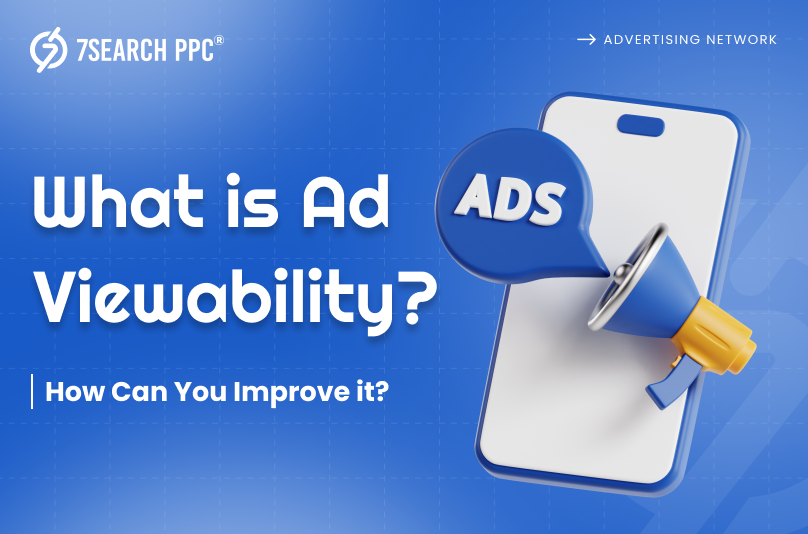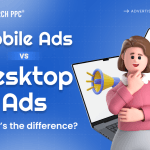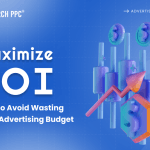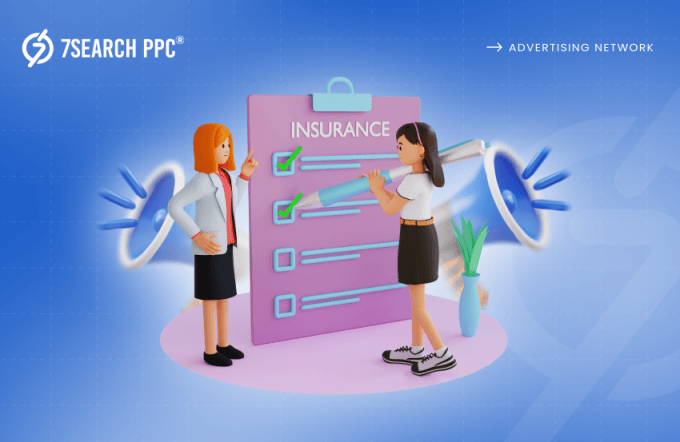Imagine your ad receiving thousands of impressions per hour, and you’re happier than ever. But when you examine it closely, you find that your CTR hasn’t increased much. What could be wrong? You’ve done everything right and followed all the guidelines.
On further investigation, it was found that a large part of those impressions came either from bots or ads appearing below the fold on websites—and no one scrolls so far down. That shouldn’t be counted as a ‘view,’ though, right? This problem of misleading ad impressions isn’t new. While strict regulations have been set in place, advertisers still need to be extremely cautious and take charge of their ads.
Ad viewability ensures that your ads are not just served but actually seen. Views from bots should not be considered real views, and advertisers should not be charged for ads that were simply served but not viewed by anyone.
With this blog, let’s dig into the complexities surrounding ad viewability and how we can work on improving it.
Ad Viewability- What exactly counts as a ‘View’?
Ad viewability measures how viewable ads are on a publisher’s website—either mobile or desktop. Simply said, it counts the total number of times an ad was seen by the users.
According to the standards published by IAB (Interactive Advertising Bureau) and MRC (Media Rating Council), an impression will be considered a view if:
- 50% of the area of display ads is visible on the user’s screen for at least 1 second
- 50% of the area of video ads is visible on the user’s screen and played for at least 2 seconds
So, for instance, if an ad is placed at the very bottom of the website and is only 25% visible to the user, it won’t be counted as a view. But, if the same ad is 75% visible to the user, it will be considered a view. Advertisers will be charged for displaying the ad only in the second scenario.
However, this is only a general criterion and may vary between different DSPs (Demand-Side Platforms) and SSPs (Supply-Side Platforms).
Is there an ideal ad viewability score?
Now that you know what constitutes a view, the question is, what viewability score should you be aiming for?
As per the general benchmark, ads with a 70% or higher viewability score perform the best. Nonetheless, ad campaigns with at least 30% viewability are also set to be successful. It totally depends on what your expectations and budget are.
Why is it so important for advertisers?
As an advertiser, you’re here for one thing—getting the most out of your advertising efforts. Crafting ads and spending money on them only to have them not seen by your relevant audiences is not the situation you want to find yourself in.
A gap between fetching the ads and actually showing them to users can significantly affect your ROAS (return on ad spend). Unseen ads don’t deliver the results you expect them to, making you doubt your own strategy and leading to further misleading campaigns.
All this makes it exceedingly essential for advertisers to value the ad viewability metric, especially when it concerns brand awareness campaigns. Ad networks like 7Search PPC give a clear picture of what your ad viewability looks like.
Should publishers care?
Allow us to give you a big yes. Ads are shown on publishers’ websites, which naturally makes it just as essential to them as it is for advertisers.
Websites with higher viewability rates are where the advertisers are. They want to get their ads out there and get a decent return on them. So, if you want advertisers to look your way, constantly improving ad viewability should definitely be your priority. Higher ad revenue and better bids will only be a dream come true once you optimize your website for viewability.
6 Tips to Improve Ad Viewability
Improving ad viewability is a two-way street. Both publishers and advertisers will have to make efforts on their part to improve the viewability of the ad. Let’s explore all the strategies that we can consider.
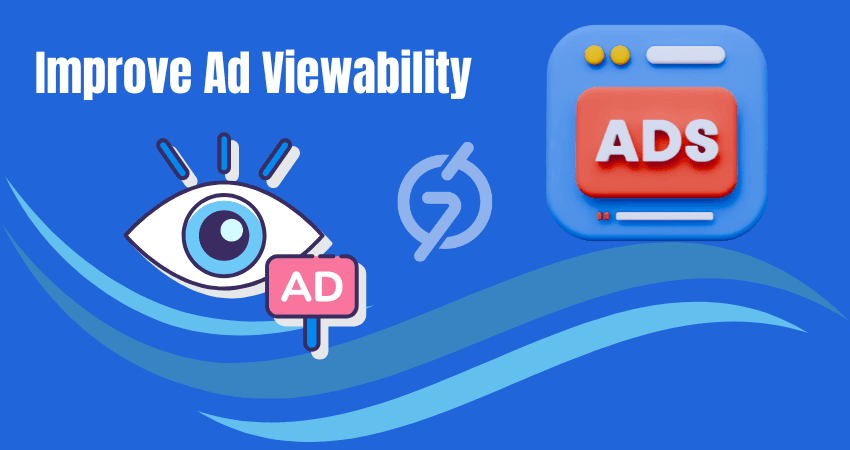
Scrutinize your Webpages
A hard-to-navigate and complex webpage can severely affect the ad viewability. As a publisher, here’s what you need to look out for:
Speed: Your web page should not take more than 3 seconds to load. To increase the speed of your web pages, consider reducing redirects, optimizing images, and leveraging browser caching.
Length: Shorter pages are more likely to be scanned from top to bottom, giving them a higher ad viewability rate.
Content: The more relevant and compelling the content of your page, the more likely users are to stay on it.
Arrangement: Properly structured pages with enough white space and a responsive design allow ads to be placed in areas that are more visible.
Place your ads better
Ad placements are one of the factors that influence your viewability rate the most. Get into the user’s shoes and think about what their experience on your page would feel like. Will their eyes wander to the sidebars, or will they stick near the content? Here are a few placements that provide the highest ad viewability:
Above-the-fold content is visible to users without having to scroll. Ads that are placed just below the top navigation bar carry the highest visibility and work better than ads placed right at the top.
Sticky sidebar ads are ads that stick to the side of the page. They remain locked in a location even when a user scrolls down the page, making them see the ad for the entire time they are present on the page.
Near the content ads are often placed next to important content, images, videos, or other interactive elements, increasing the chances of being viewed by the user. Native ads work best in such placements.
While these placements work well, video ads often need special treatment. Placing them in any of these positions is likely to disturb the user’s experience. Which is why they’re usually placed at the bottom of the screen within a small rectangular area.
Be clever with ad sizes
Does size matter? Suppose you create an oversized banner ad that exceeds the above fold in hopes of attracting more attention. But will the users even make an effort to scroll down? They are more likely to bounce back from the page.
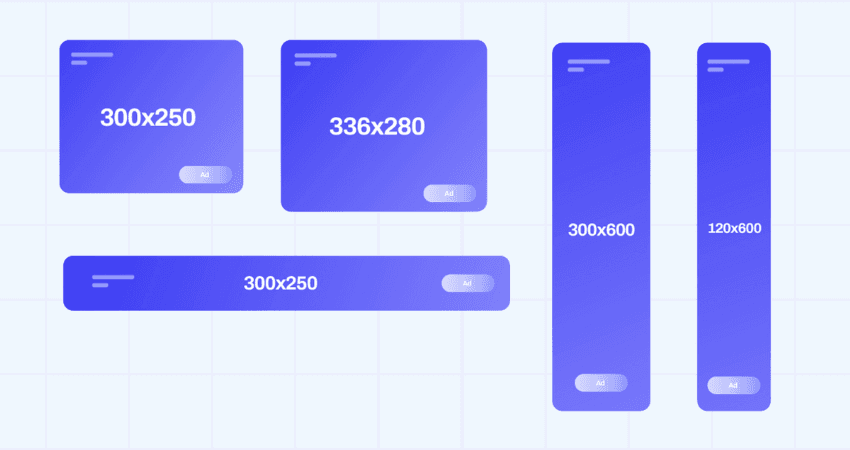
So yes, when it comes to viewability, the size of the ad does matter. Vertical ad sizes tend to stay in view for a longer time than horizontal ones, making them a highly preferred choice among advertisers.
The top-performing ad sizes with the highest viewability rate are-
For mobiles: 120X240, 240X400, 320X50, 234X60
For desktop: 300X600, 970X250, 729X90, 300X250
The skyscraper ad, 160X600, is among the highest-performing ad formats on both mobile and desktop devices.
It’s always advisable to switch from one ad size to another to test them all and find the one that fits your audience.
Lazy load your ads
Unlike the name suggests, lazy loading actually helps your ads load faster. This is the result of a ‘delay’ in the initial page load, where ads and other website content are a scroll away from entering the viewport. Once the number of ad requests is reduced, ads load faster, and the user’s experience is enhanced.
This impacts ad viewability in two ways. First, advertisers are saved from paying for unviewed impressions and get a better idea of how their ad is perceived. Second, it increases the value of inventory for publishers, leading to higher bids and higher ad revenue.
Lazy loading is highly recommended if you’re worried about your ad’s loading speed. But remember, this only works well for web pages with compelling content that can make a user scroll past the initial fold.
Wear your audience’s shoes
Wear your audience’s shoes and walk down their path. What pages of your website do they utilize the most? What content attracts them the most? Do they scroll down until the end of the blog or leave midway? Understanding the user’s experience is necessary to find the best ad placements and reduce the bounce rates.
Think of a situation where your page is filled with ads from top to bottom. It can cause delays in loading the page and eventually become a turn-off for the user. You can try removing irrelevant ad placements, using visuals that can attract, and ad sizes that are pleasing to the eyes.
Be careful with ad refresh
Ad refresh is often attractive to publishers at first glance. The ability to render new ads one after the other sounds like a great deal of ad revenue, right?
However, ad refresh can negatively affect the viewability score and CTR if not configured cautiously. Use it only for pages with a high average session duration, and let an ad show for at least 20-30 seconds, which allows users enough time to notice it. Work with the industry-standard ad viewability criteria to ensure that you don’t lose out on potential advertisers.
Conclusion
In today’s age, advertisers are more aware of their spending than ever. They want to get the most out of their investments, and rightfully so, when being seen by their target audience is all that matters. By analyzing the ad viewability metric, advertisers can easily gauge how effective their targeting is and how well users respond to it.
Lastly, A/B test with different strategies to determine the high and low viewability areas, and work on optimizing them for the better. Both advertisers and publishers can come together to enhance the viewability rate with the right improvement strategies.
Frequently Asked Questions (FAQs)
Why is the ad viewability metric so important?
Ans. Ad viewability is important to ensure that the advertiser pays only for ads that are seen by the users, increasing its effectiveness and return.
What factors affect the ad viewability score?
Ans. Ad placement, page design, loading speed, and user behavior affect the ad viewability score.
How does high viewability contribute to higher ad revenue?
Ans. Advertisers are only interested in bidding for ad placement that guarantees them high ad viewability. So, when you offer high-quality inventory, you invite better bids that will naturally lead to higher ad revenue for the publishers.
What challenges can I face while improving my viewability score?
Ans. While improving the ad viewability score, you can come across challenges like:
- Balancing User Experience
- Technical Limitations
- Ad Blocks
Remember that you won’t get it perfect on the first go, and gradual changes are the key to optimization.
How can advertisers and publishers collaborate to improve ad viewability?
Ans. Publishers can ensure that their pages are optimized for speed, design, and responsiveness, while advertisers can work on choosing relevant ad formats and placements. Both should consistently review their performances and make appropriate adjustments.

